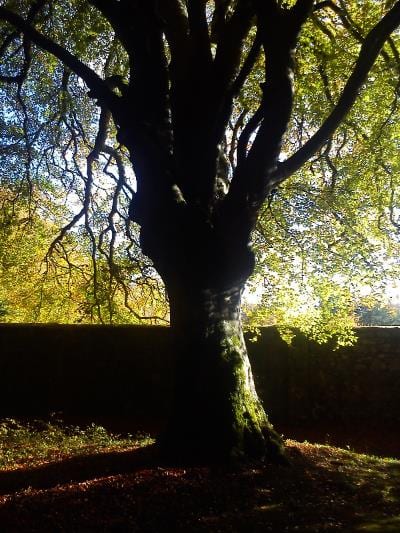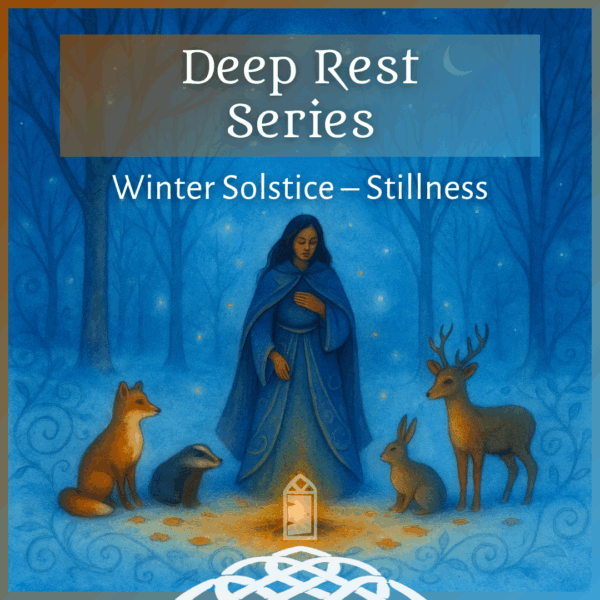 Dear monks, artists and pilgrims,
Dear monks, artists and pilgrims,
* This is the fifth part of a seven-part series we will publish weekly during this Lenten season.
It can be so tempting to think, that in our busy lives multitasking will somehow make us more efficient and productive. We bemoan not having more hours in the day, but the hours we do have our attention is scattered, always trying to keep up. We spread our gaze between so many demands that we may get many things done, but none of it is nourishing.
St. Benedict wisely wrote 1500 years ago, that we are called to always be beginners in the spiritual life. The desert is a place of new beginnings; it is where Jesus began his ministry. In the desert, we are confronted with ourselves, naked and without defenses, called again and again to bring back all of our broken and denied parts into wholeness.
The monastic cell was a central concept in the spirituality of the desert mothers and fathers. The outer cell is really a metaphor for the inner cell, a symbol of the deep soul work we are called to, to become fully awake. It is the place where we come into full presence with ourselves and all of our inner voices, emotions, and challenges and are called to not abandon ourselves in the process through distraction or numbing. It is also the place where we encounter God deep in our own hearts.
Abba Moses wrote, “A brother came to Scetis to visit Abba Moses and asked him for a word. The old man said to him: ‘Go sit in your cell, and your cell will teach you everything.’”
Abba Anthony wrote a similar message: “Just as fish die if they stay too long out of water, so the monks who loiter outside their cell or pass their time with men of the world lose the intensity of inner peace. So like a fish going toward the sea, we must hurry to reach our cell, for fear that if we delay outside we shall lose our interior watchfulness.”
Connected to the cell is the cultivation of patience. The Greek word is hupomone, which essentially means to stay with whatever is happening. This is similar to the central Benedictine concept of stability, which on one level calls monks to a lifetime commitment with a particular community. On a deeper level, the call is to not run away when things become challenging. Stability demands that we stay with difficult experiences and stay present to the discomfort they create in us.
The cell, it seems, is the complete antithesis of our rushed attention, of trying to get as much done as possible.
Instead, in our cell, we are called to full presence to our inner life. We cultivate the inner witness and watch as our thoughts scurry between different states, notice our internal responses to things, and observe when our minds move to distraction as a way of avoiding engagement with life. The cell is the place where we grow in deep intimacy with our patterns and habits. When we become conscious of our methods of distraction, we can learn to bring ourselves always back to our experience. In this attentiveness to our inner world, we can then bring this kind of loving gaze to our outer tasks.
Behold means to hold something in your gaze. To behold is not to stare or glance, it is not a quick scan or an expectant look. We can’t multitask and behold at the same time. Beholding has a slow and spacious quality to it. Your vision becomes softer as you make room to take in the whole of what you are seeing. There is a reflective and reverential quality to this kind of seeing. You release your expectations of what you think you will see and receive what is actually there and in the process everything can shift. What would it be like to allow the one task at hand to have your full awareness?
We are so used to using our capacity for vision to take in our surroundings quickly, to scan over things, to confirm what it is we are already thinking. Seeing in this other way takes time and patience. We can’t force the hidden dimension of the world to come forth, we can only create a receptive space in our hearts in which it can arrive.
This Lent I fast from distraction and multitasking so that I might embrace the practice of attention and beholding, creating space to see things differently.
With great and growing love,
Christine
Christine Valters Paintner, PhD REACE
Photo © Christine Valters Paintner


